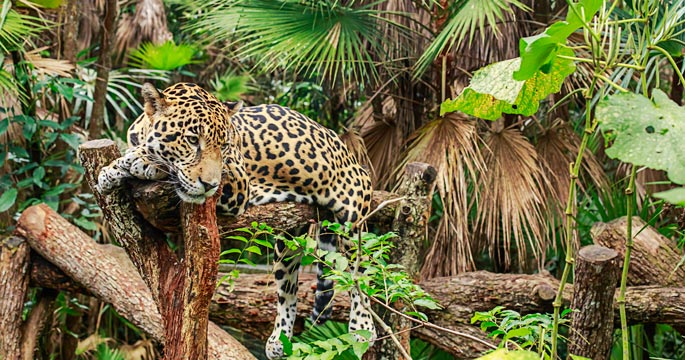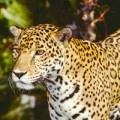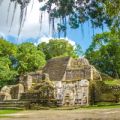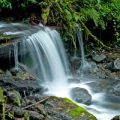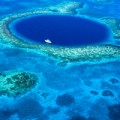The largest cats in the Americas thrive in a rainforest preserve
There was a time when the third largest cat in the world roamed freely across Central America. But as farms and cities replaced jungles, jaguar numbers began to dwindle along with their natural habitat. This decline became a prime concern of Dr. Alan Rabinowitz, who came to Belize in the early 1980s to study the region’s indigenous jungle cats. Thanks to the efforts of Rabinowitz and others, the government of Belize set aside 150 square miles of rain forest in the Cockscomb Basin as a forest preserve and jaguar sanctuary.
Today, the Cockscomb Basin Wildlife Sanctuary provides a protected environment for around 200 jaguars, which is the largest concentration of this species in the world. The preserve is also home to some 300 species of birds, along with jaguarundi, peccaries, back howler monkeys, agouti, coatamundi and a host of other species found only in the tropical forests of Central and South America.
The Cockscomb Sanctuary can be accessed by a network of trails that provide prime wildlife viewing. But the one animal visitors are unlikely to see in this jaguar sanctuary is its namesake cat. Jaguars are masters of stealth who hunt primarily at night, and typically lay hidden during the day. A more likely sighting will be their paw prints on muddy sections of trail, which they often use to move about the preserve. Keen eyed hikers may also get a glimpse of one of the jaguar’s smaller cousins, the ocelot, which is often out and about during the day, and more likely to reveal itself.

